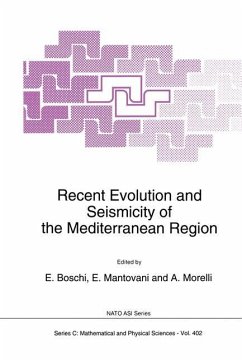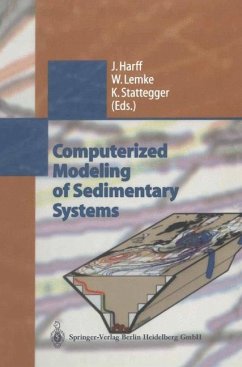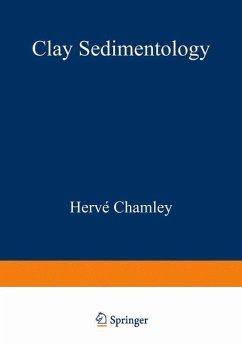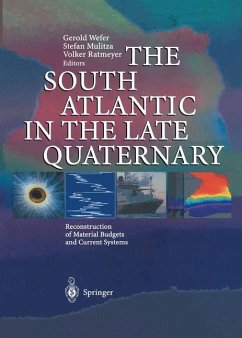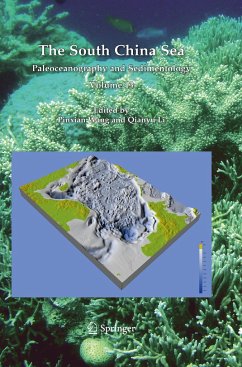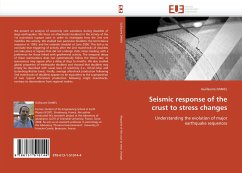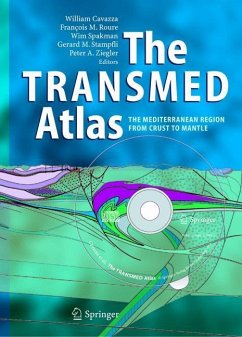
The TRANSMED Atlas. The Mediterranean Region from Crust to Mantle
Geological and Geophysical Framework of the Mediterranean and the Surrounding Areas
Herausgegeben: Cavazza, William; Roure, Francois M.; Spakman, Wim; Stampfli, Gerard M.; Ziegler, Peter A.

PAYBACK Punkte
19 °P sammeln!
In the Spring of 2000 the idea of a consortium of Mediterranean countries support ing the Italian bid to host the 32nd International Geological Congress took off during ageological fieldtrip on the slopes ofMountVesuviushosted byProf. Bruno D'Argenio (University of Naples) with the sponsorship of SMED(the UNESCO-CNR Office for Scientific and Technological Cooperation with Mediterranean Countries). On that st occasion, the head of the Italian delegation to the coming 31 IGCProf. Gian Battista Vaichampionedthe notionthat - had the bid been accepted - such cooperationshould have not only translat...
In the Spring of 2000 the idea of a consortium of Mediterranean countries support ing the Italian bid to host the 32nd International Geological Congress took off during ageological fieldtrip on the slopes ofMountVesuviushosted byProf. Bruno D'Argenio (University of Naples) with the sponsorship of SMED(the UNESCO-CNR Office for Scientific and Technological Cooperation with Mediterranean Countries). On that st occasion, the head of the Italian delegation to the coming 31 IGCProf. Gian Battista Vaichampionedthe notionthat - had the bid been accepted - such cooperationshould have not only translated into the participation of the Mediterranean countries in the organization of the future congress, but also should have been a springboard for launching a scientific project focused on the Mediterranean region and whose re sults had to be presented at the congress. st During the 31 IGCin Riode Janeiro,after the designation of Florence bythe lUGS nd Council as the venue for the 32 IGC,the Mediterranean Consortium was set up. In its full configuration, the Consortium was an association of thirty-one Mediterra nean and nearbycountries. Alongwith Italy,they are:Albania,Algeria,Austria, Bosnia Herzegovina, Bulgaria, Croatia, Cyprus, Egypt, France, Greece, Hungary, Iran, Iraq, Israel, Jordan, Lebanon, Libya,Macedonia, Malta,Morocco,Palestine, Romania, Saudi Arabia, Serbia and Montenegro, Slovakia,Slovenia,Spain, Switzerland, Syria,Tunisia, and Turkey. Each member country nominated a National Representative who served as a liai son between his/her national geological community and the IGCOrganizing Commit tee.




